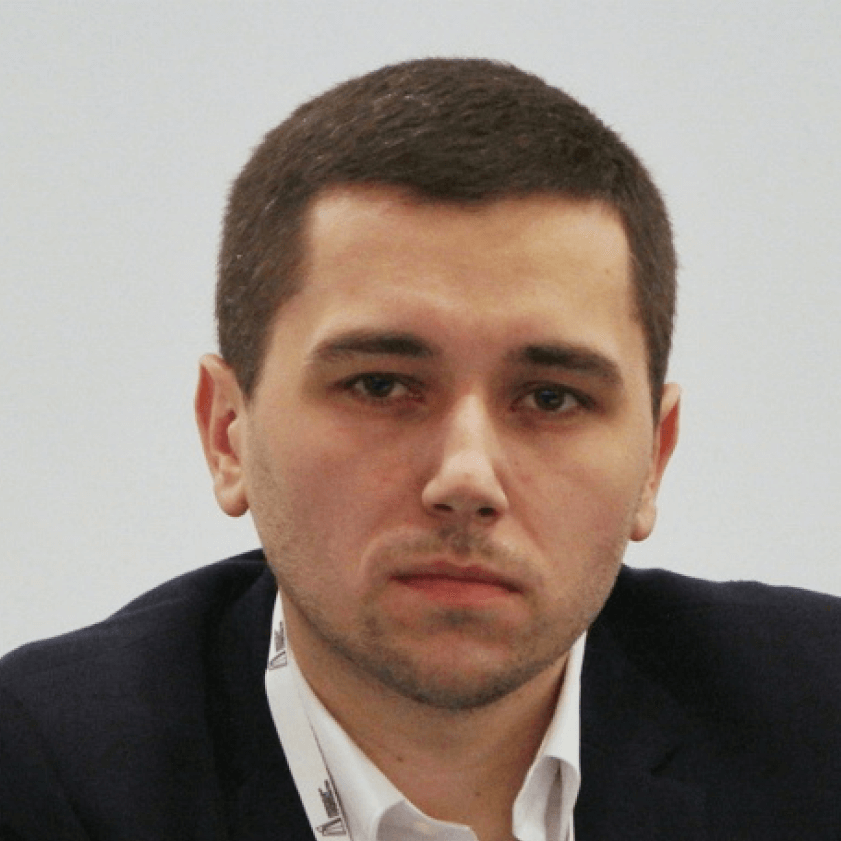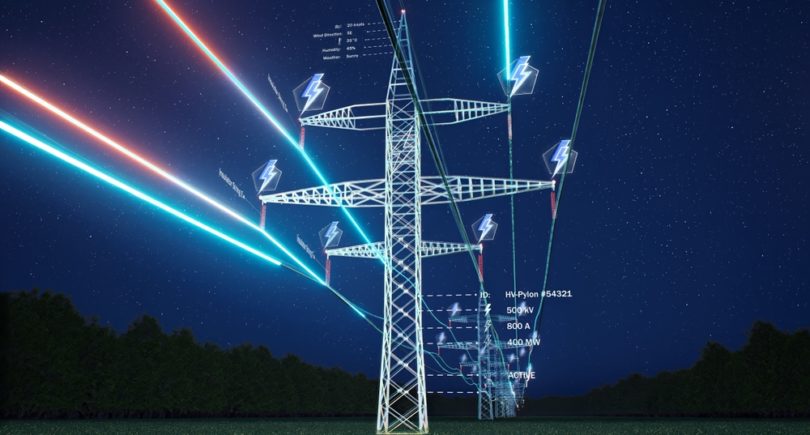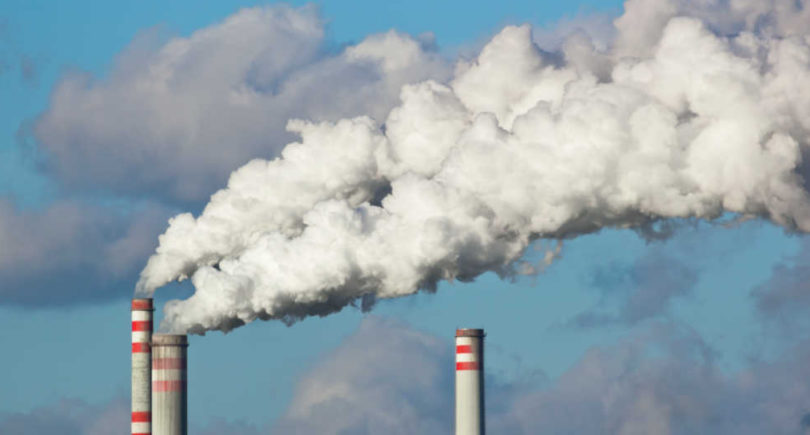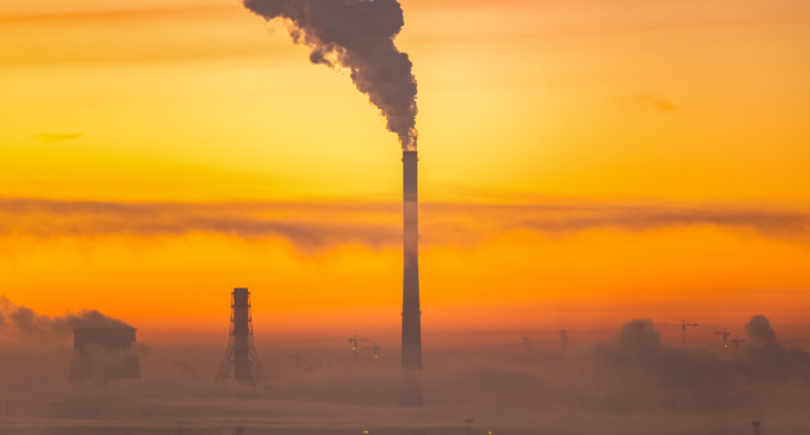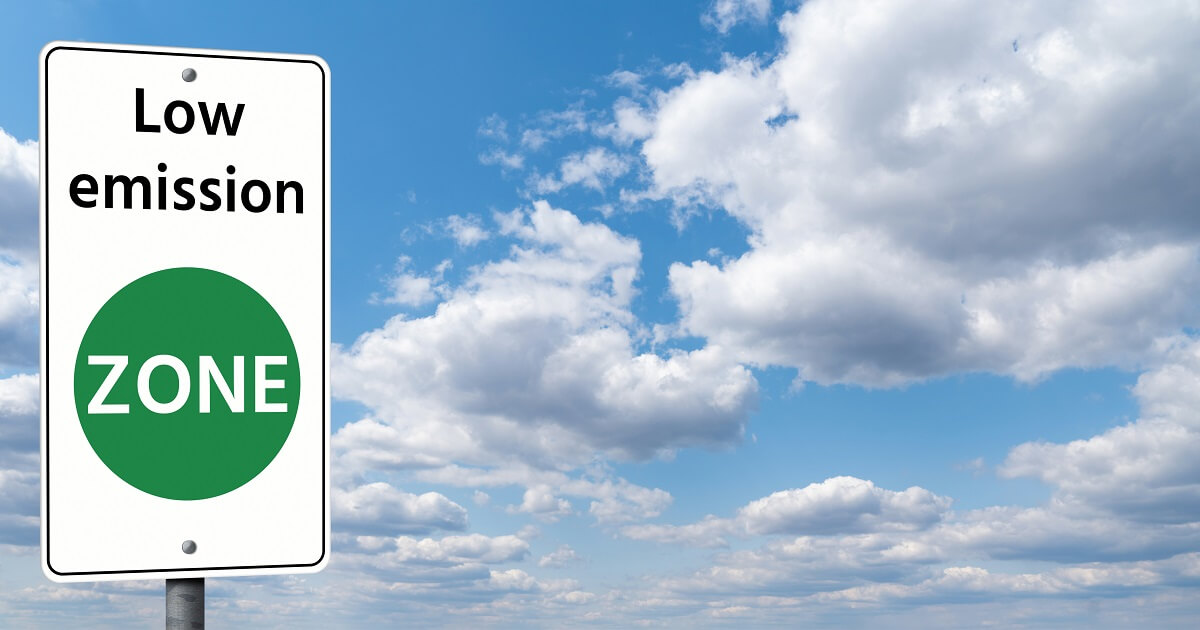
News Green steel decarbonization 1626 22 December 2022
The Australian company will supply iron ore of various grades
Australian mining company Fortescue Metals signed an agreement with Japan’s Mitsubishi Corp. and the European steel producer Voestalpine regarding the creation of an industrial prototype of a plant for the production of direct reduction iron. Reuters reports about it.
The DRI production process using hydrogen and electric steel furnaces at the Voestalpine site in Austria will be based on solutions from Primetals Technologies, one of Mitsubishi’s joint ventures. Fortescue, in turn, will supply various grades of iron ore to the new plant, as well as providing information on the quality and preparation of raw materials.
The hydrogen used in the new plant, according to Fortescue’s website, will mainly come from Austrian energy company Verbund, Voestalpine and Austria’s leading renewable energy producer H2Future.
According to Fortescue Future Industries CEO Mark Hutchinson, the partnership is a perfect fit with the company’s mining and renewable energy goals. According to him, global demand for iron ore and steel will remain strong for years to come, but a greener, clean energy industry is needed to reduce emissions.
Bloomberg notes, that Fortescue Metals has signed several deals since 2021 as it seeks to transform itself into a green energy company amid growing calls for decarbonization. The mining giant plans to produce 15 million tons of green hydrogen per year by 2030 as part of CEO Andrew Forrest’s goal to become a major producer of clean energy.
More and more steel and mining companies are trying to develop environmentally friendly technologies for steel production using hydrogen. In particular, German Thyssenkrupp, South Korean Posco and Chinese China Baowu Steel Group are experimenting with green steel.
As GMK Center reported earlier, the Omani company Jindal Shadeed Group plans to build a plant for the production of green steel in the special economic zone in Dukm. It is planned that the plant will have a capacity of 5 million tons per year, green hydrogen and renewable energy sources will be used in production. Construction should be completed by 2026.

